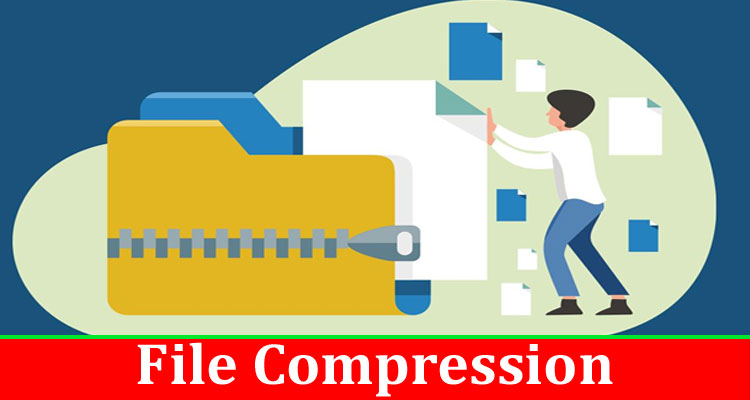The world we live in today is a data-driven one. Individuals all around the globe store, manage, and share different types of data via digital files. Some of the most popular types of digital files include digital images, documents, applications or programs, etc.
However, there are instances when the internal storage component of a computer becomes too cluttered due to big-sized digital files. Large-sized files are not only harder to store but also to manage and share. This is where file compression comes in.
In this article, we will look at what file compression is, its types, and list all of its advantages. Let us start:
What is File Compression?
File compression refers to the procedure of making computer or digital files occupy less space on a computer’s storage component by reducing its overall size. A compressed file occupies lesser storage space on a computer and allows users to store more digital files due to more vacant storage space. Moreover, since compressed files have reduced file sizes, they can be shared conveniently over computer networks.
Let us elaborate with an example. If an individual has too many PDFs on their computer and they wish to reduce file size PDF, they can easily do it in multiple ways, such as using PDF-managing programs or apps like Adobe Acrobat or PDF Squeezer or by using online websites like iLovePDF or SmallPDF. Once the compression is complete, the file sizes of the compressed PDF files will be lesser, thereby allowing users to store, manage, and share them conveniently.
Types of File Compression:
There are two types of file compression, namely lossless compression and lossy compression. Here is a brief look at both of them:
-
Lossless Compression
In this type of file compression, the data of the file is restored to its previous or original form, i.e., without losing any data during the compression process. In lossless file compression, the redundant data remains undeleted, and the file size of the compressed file reduces by a small amount or percentage compared to the original file size. This compression method is most used for files containing important information, such as databases, emails, documents, etc.
-
Lossy Compression
As its name suggests, lossy compression is the opposite of lossless file compression. In this compression algorithm, the data of files is not brought back to its original state post-compression. Due to this, the size of the compressed file reduces by a significant amount compared to the original file. Since data loss occurs in this type of compression type, it is used for files where data loss can be dealt with, such as music, pictures, etc.
The Advantages of File Compression:
Compressing files benefits users in more ways than one. Here are some of the most prominent benefits that file compression offers users:
-
Helps Saving Storage Space
Almost everyone who owns a computer stores tons of digital files on their device’s internal storage component. However, there come times when users do not have vacant storage left. When this happens, it prevents users from storing more files. Moreover, it also affects the performance of the devices. Compressing large files allows users to save storage space by reducing their file size. The lesser space large files occupy, the more new files users can store on their computers.
-
Allows Users to Cut Storage Costs
Besides helping users save storage space, file compression also facilitates them to significantly cut down on the costs associated with storing digital files. For instance, if you wish to store a file on your computer that is 1GB in size, but your internal storage component only has 600 MB space left, you can compress the file and reduce its size to seamlessly store it in the space your device’s hard drive has left.
If not for compression, you would have needed to invest in a brand-new storage component with more space. Given the price of storage components these days, users save significantly by using file compression.
-
Results in Seamless File Sharing
Another significant benefit of file compression is that it facilitates seamless file sharing, thanks to the reduced file sizes of large files post-compression. For example, if you have a large installer file that you wish to share over the Internet, it would not only consume a lot of bandwidth to get the job done but also take a lot of time.
However, if the file that requires sharing gets compressed, it will be easier for users to share it quickly and seamlessly over any Internet sharing service. Hence, it would be safe to say that file compression also enhances the shareability quotient of large files.
File compression is a great way for users to shorten the size of digital files and fulfill different purposes related to them without hassle. Thanks to the technique’s popularity, there are tons of apps and websites using which users can compress files.

